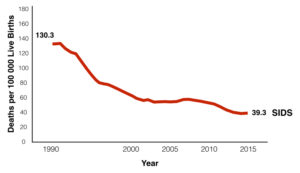Mitral valve prolapse is a very common anomaly, seen in up to 2.4% of otherwise healthy children and adults. The occurrence is more common in some families where there are clusters of people affected by mitral valve prolapse and often with different degrees of prolapse in different members of the same family. On-going follow-up is required after the diagnosis of mitral valve prolapse in children and adults because of the notion that the degree of prolapse and more importantly the degree of valve leakage can increase over time and treatment may be required.
The Framingham Heart Study recently provided insight on the evolution of mitral valve prolapse among unselected individuals in the community. The study included 63 people with florid mitral valve prolapse and 60 with minor forms (minimal systolic displacement) and a group of 138 healthy people without mitral valve prolapse which were studied by echocardiography 3 to 16 years apart.
The authors showed that the degree of prolapse and regurgitation had increased to a moderate degree or more in 17% of people and also noted that 5 people (8% of the initial group) had required cardiac surgery to repair the mitral valve.
Importantly, 1 in 3 people with minor forms of prolapse developed an marked form of mitral valve prolapse.
The study highlights how even minor degrees of prolapse may evolve into obvious prolapse and that prolapse may evolve into significant regurgitation in a period of 3 to 16 years in a quarter of individuals.





